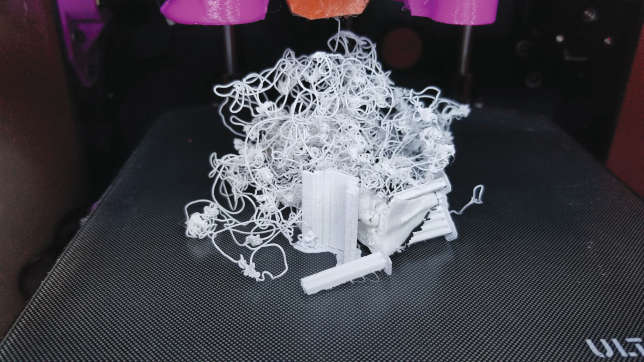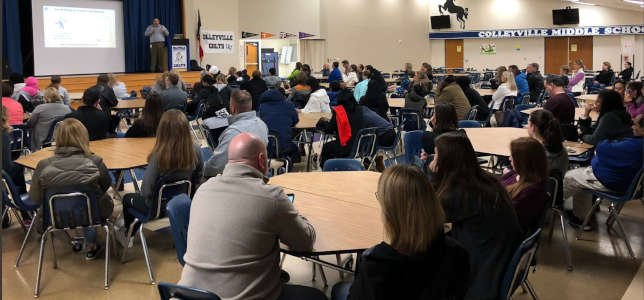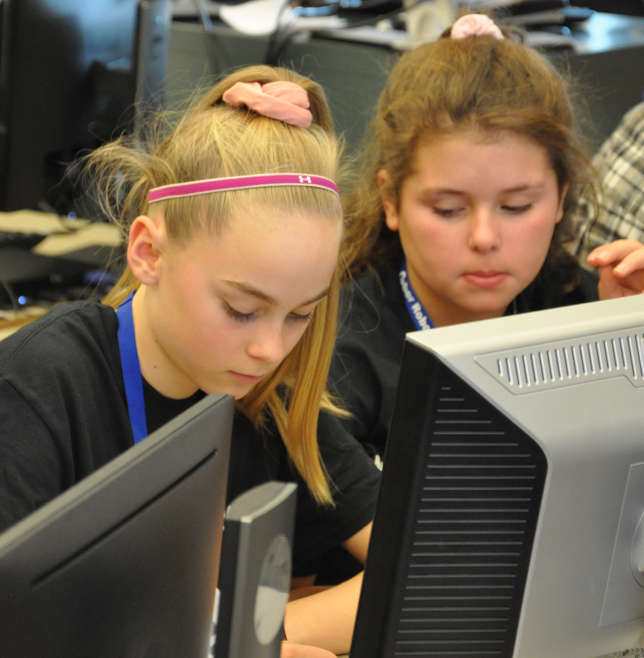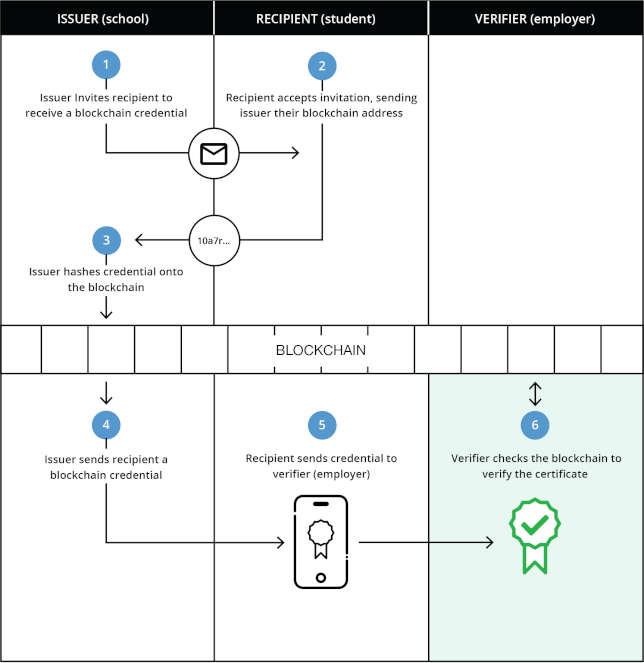
Redrawing boundaries has more hurdles than a track meet and all the emotional charge that often comes with parents wanting the best for their children. A CIO shares how his district got a leg up on both.

Here’s how schools are overcoming some of the biggest hurdles to effective project-based learning.
Here’s how one school district made sure that our $18 million digital classroom refresh project produced high adoption levels while supporting instruction.

3D printing is a technology that can be as complex or as simple as you make it. These ins and outs can help you simplify how 3D printing works in the classroom.

As these teachers have come to understand, you don't have to be technically minded to introduce your students to the important concepts behind artificial intelligence.

A continuing expansion of digital initiatives at Carmel Unified forced the school system to find a more effective way to stay on top of IT demands. SDN is delivering the goods.

Every month this 1-to-1 district in Texas hosts parents in a "technology academy" to help them understand the digital world their students inhabit.

The technology behind Bitcoin has important implications for education. Here’s how.

Coding competitions drive critical thinking and help students develop workforce skills. Here’s a look inside the recent state finals for the New Hampshire Cyber Robotics Coding Competition, held at the University of New Hampshire campus in Durham.

When it comes to using blockchain technology, there are several use cases across all sectors that institutions are interested in. However, some considerations need to be taken into account before jumping into the technology in full force.